
I am a Senior Research Scientist at Salesforce Research. Prior to joining Salesforce, I did my PhD at Georgia Tech advised by Prof. Devi Parikh and Prof. Dhruv Batra. My research focuses on building algorithms that provide explanations for decisions emanating from deep networks in order to —
- understand/interpret why the model did what it did,
- diagnose network failures,
- help users build appropriate trust,
- enable knowledge transfer between humans and AI,
- encourage human-like reasoning in AI, and
- learn grounded representations,
- correct unwanted biases learned by AI models.
During my undergrad, I had the opportunity to work with Prof. Philip Torr at Oxford University and Prof. Benjamin Kimia at Brown University on projects for helping visually impaired people to navigate in everyday environments.
I love playing all kinds of racquet sports, specifically Badminton, Table Tennis, Tennis, Squash and Racquet ball.
Interested? Visit my Google Scholar profile to find out more about my work!
Feel free to reach out to me at ramprasaath.21@gmail.com
News
- [Dec 2021] New preprint introducing an information efficient method for visual representations learning through textual annotations available.
- [Dec 2021] New preprint on grounded video representation learning available.
- [Nov 2021] We are looking to hire interns at Salesforce. Please reach out to me if you are interested in working on explainability or representation learning.
- [Sep 2021] Our paper has been accepted at NeurIPS'21 as a Spotlight (top 3% of submissions).
- [Apr 2021] Excited to announce the first edition of "Towards Robust, Trustworthy, and Explainable Computer Vision tutorial at ICCV'21.
- [Mar 2021] Our paper has been accepted at NAACL'21.
- [Feb 2021] Our paper has been accepted at CVPR'21.
- [Dec 2020] I will be hosting Salesforce's Computer Vision round table session at NeurIPS'20. Join me on 8th December at 11 am eastern time to know more about our efforts towards solving computer vision.
- [Dec 2020] New preprint on fixing the visual grounding ability of Contrastive Self-supervised models available.
- [Nov 2020] Our paper will be presented at Interpretable inductive biases and physically structured learning Workshop at NeurIPS'20.
- [Oct 2020] New preprint on improving the consistency of VQA models available. Work led by Sameer Dharur.
- [Jun 2020] I am joining Salesforce Research (formerly Metamind) as a Sr. Research Scientist.
- [Mar 2020] Our paper has been accepted as an Oral presentation at CVPR'20.
- [Jan 2020] New preprint analyzing reasoning in VQA models through a newly collected Sub-VQA dataset available.
- [Oct 2019] Presenting our paper at ICCV'19.
- [Sep 2019] I was invited to present my research at Microsoft Research AI breakthroughs event.
- [Jun 2019] Our paper is published at IJCV Journal.
Achievements
- Finalist for 2019 Adobe Research Fellowship
- Finalist for 2019 Snap Research Fellowship
- Won the 2016 Virginia Divisionals and placed second at US Mid-Atlantic Table-Tennis Championship
- Represented Virginia Tech at the 2016 US-Canada National Table-Tennis Championship
Publications
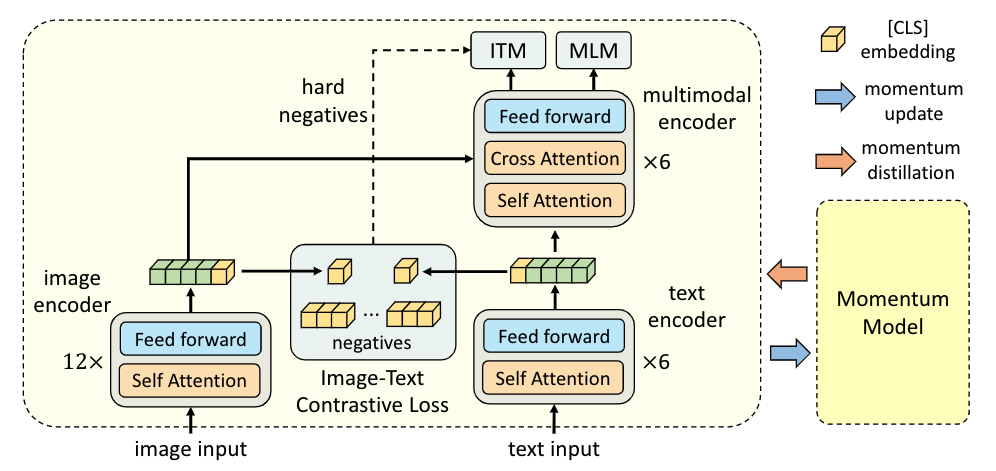 |
Junnan Li, Ramprasaath R. Selvaraju, Akhilesh Deepak Gotmare, Shafiq Joty, Caiming Xiong, Steven Hoi, code / blog |
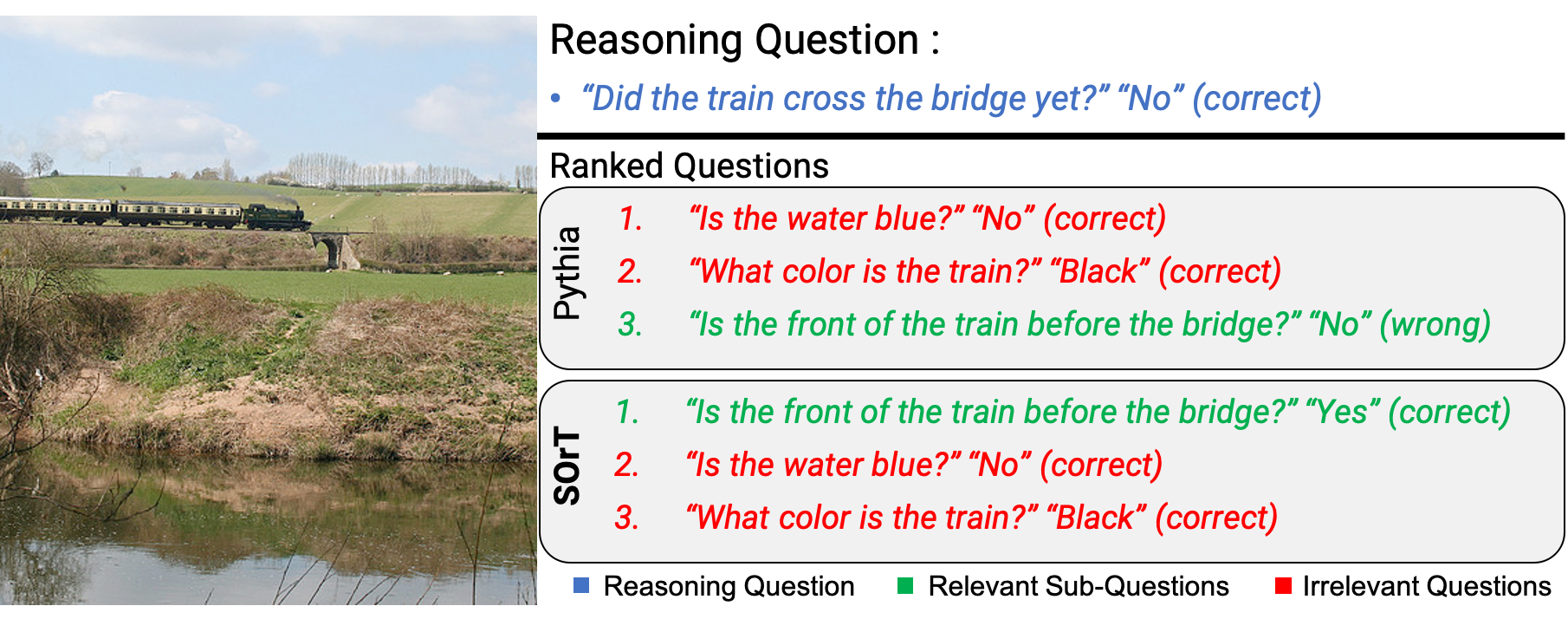 |
Sameer Dharur, Purva Tendulkar, Dhruv Batra, Devi Parikh, Ramprasaath R. Selvaraju |
 |
Ramprasaath R. Selvaraju, Karan Desai, Justin Johnson, Nikhil Naik |
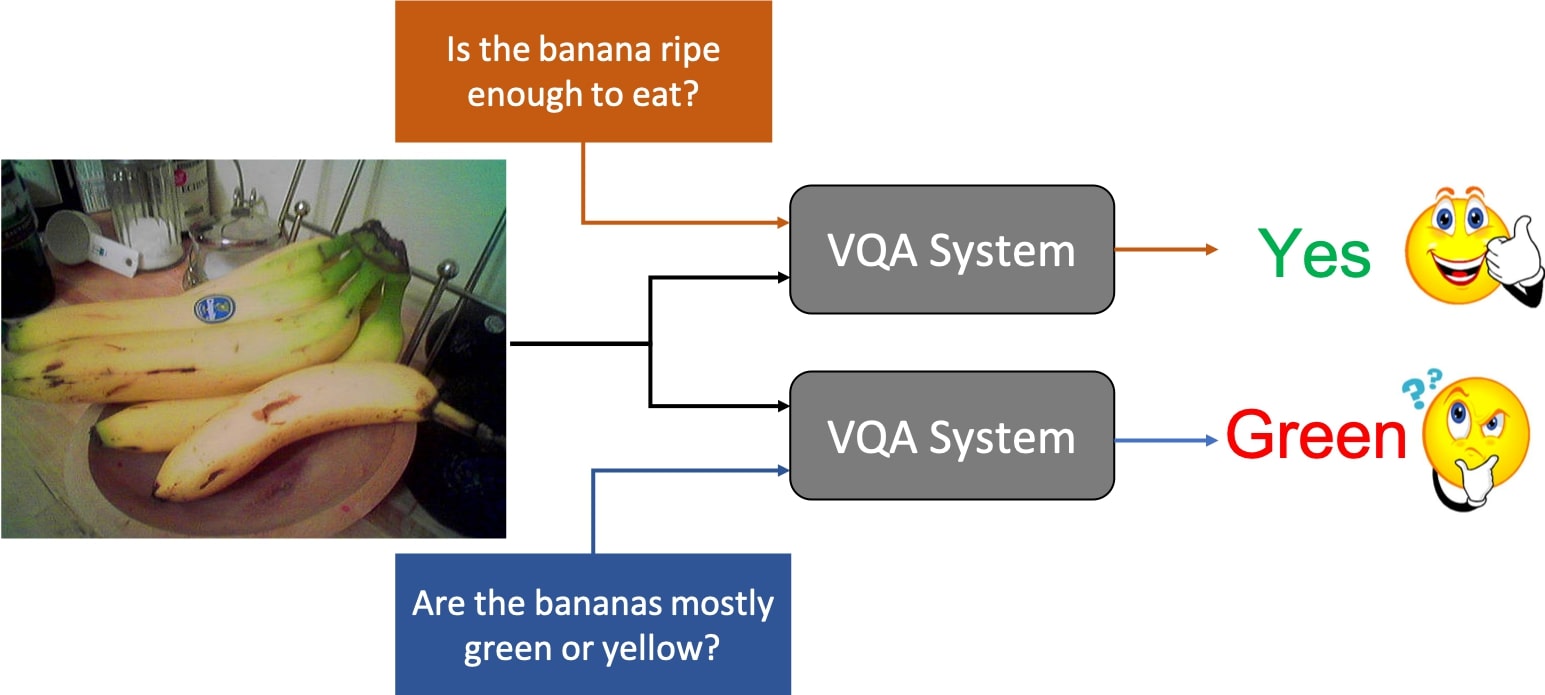 |
Ramprasaath R. Selvaraju, Purva Tendulkar, Devi Parikh, Eric Horvitz, Marco Tulio Ribeiro, Besmira Nushi, Ece Kamar |
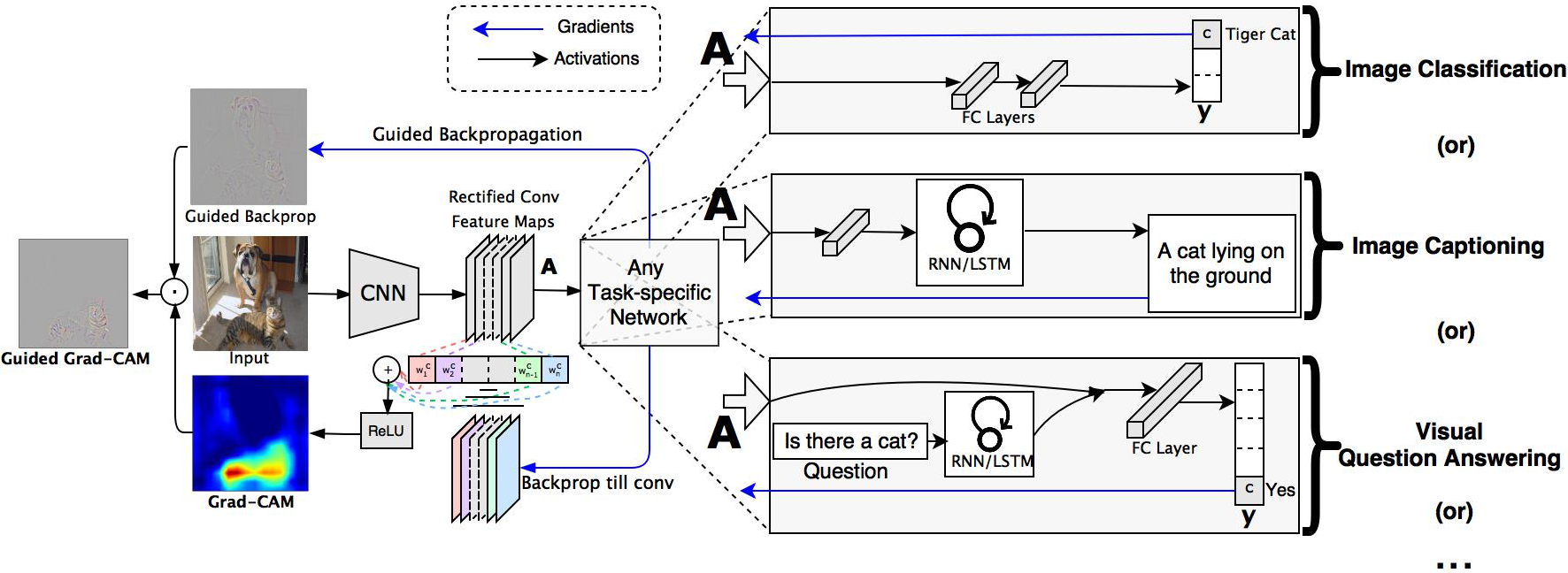 |
Ramprasaath R. Selvaraju, Michael Cogswell, Abhishek Das, Ramakrishna Vedantam, Devi Parikh, Dhruv Batra arxiv / blogpost / code / demo |
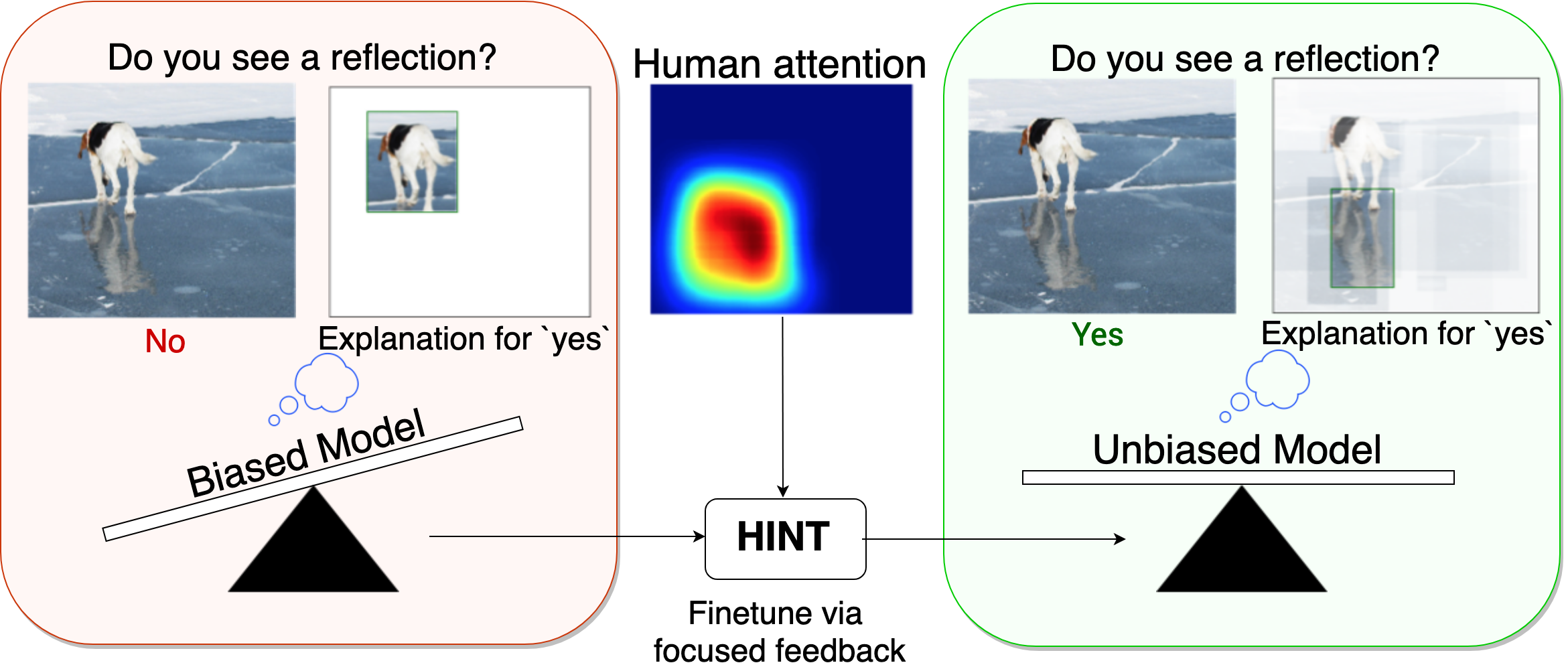 |
Ramprasaath R. Selvaraju, Stefen Lee, Yilin Shen, Hongxia Jin, Shalini Ghosh, Larry Heck, Dhruv Batra, Devi Parikh arxiv / blogpost |
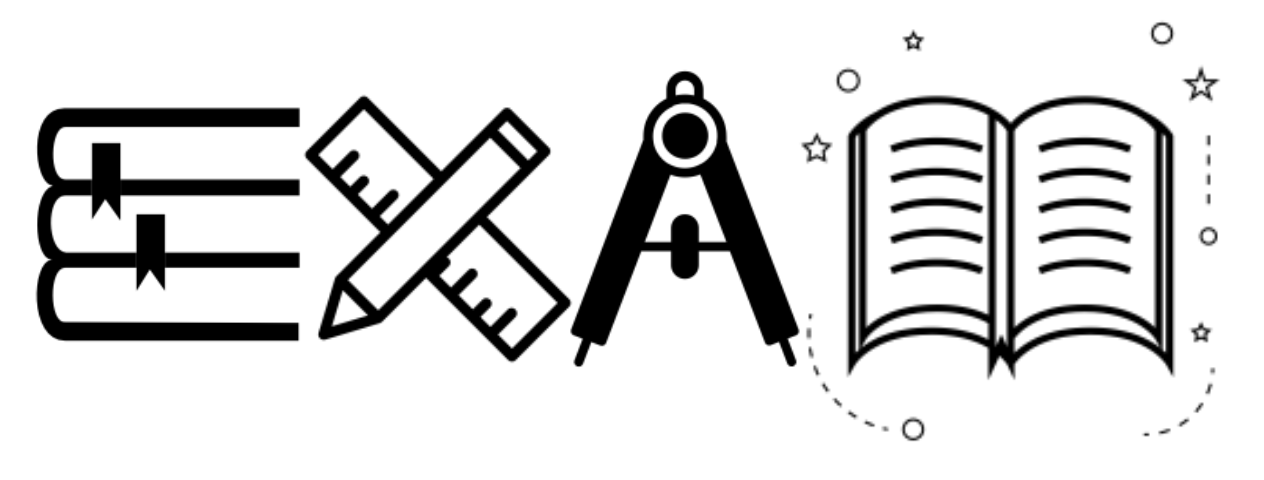 |
Purva Tendulkar, Kalpesh Krishna, Ramprasaath R. Selvaraju, Devi Parikh arxiv / code / demo |
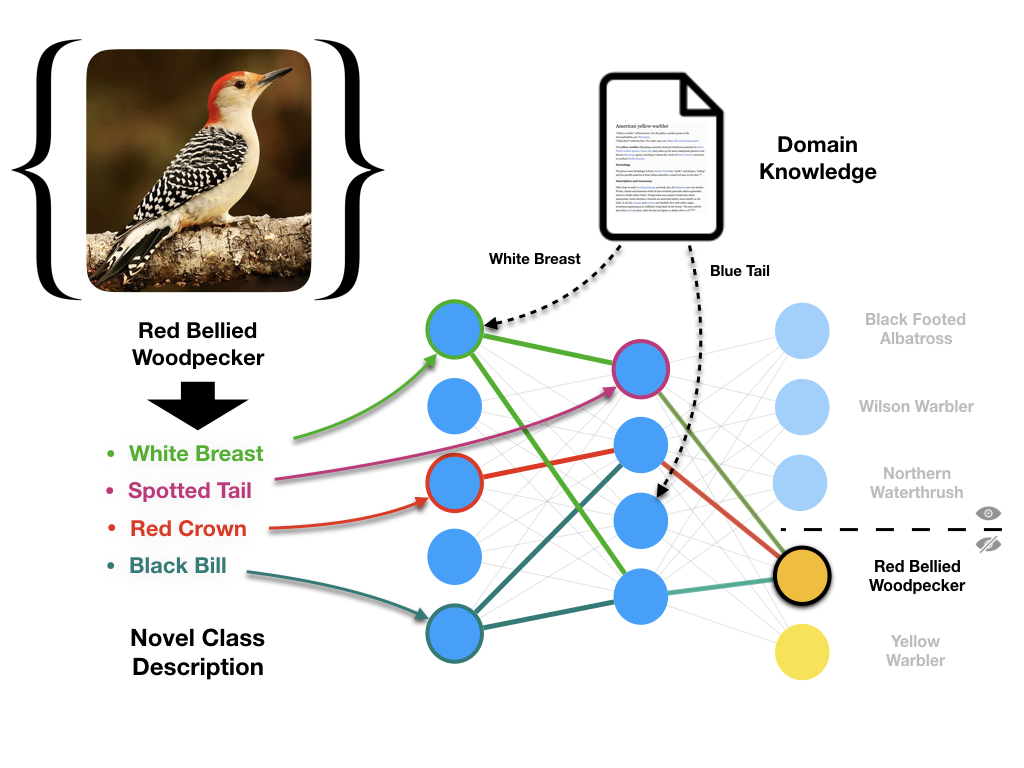 |
Ramprasaath R. Selvaraju*, Prithvijit Chattopadhyay*, Mohamed Elhoseiny, Tilak Sharma, Dhruv Batra, Devi Parikh, Stefen Lee arxiv / blogpost / code |
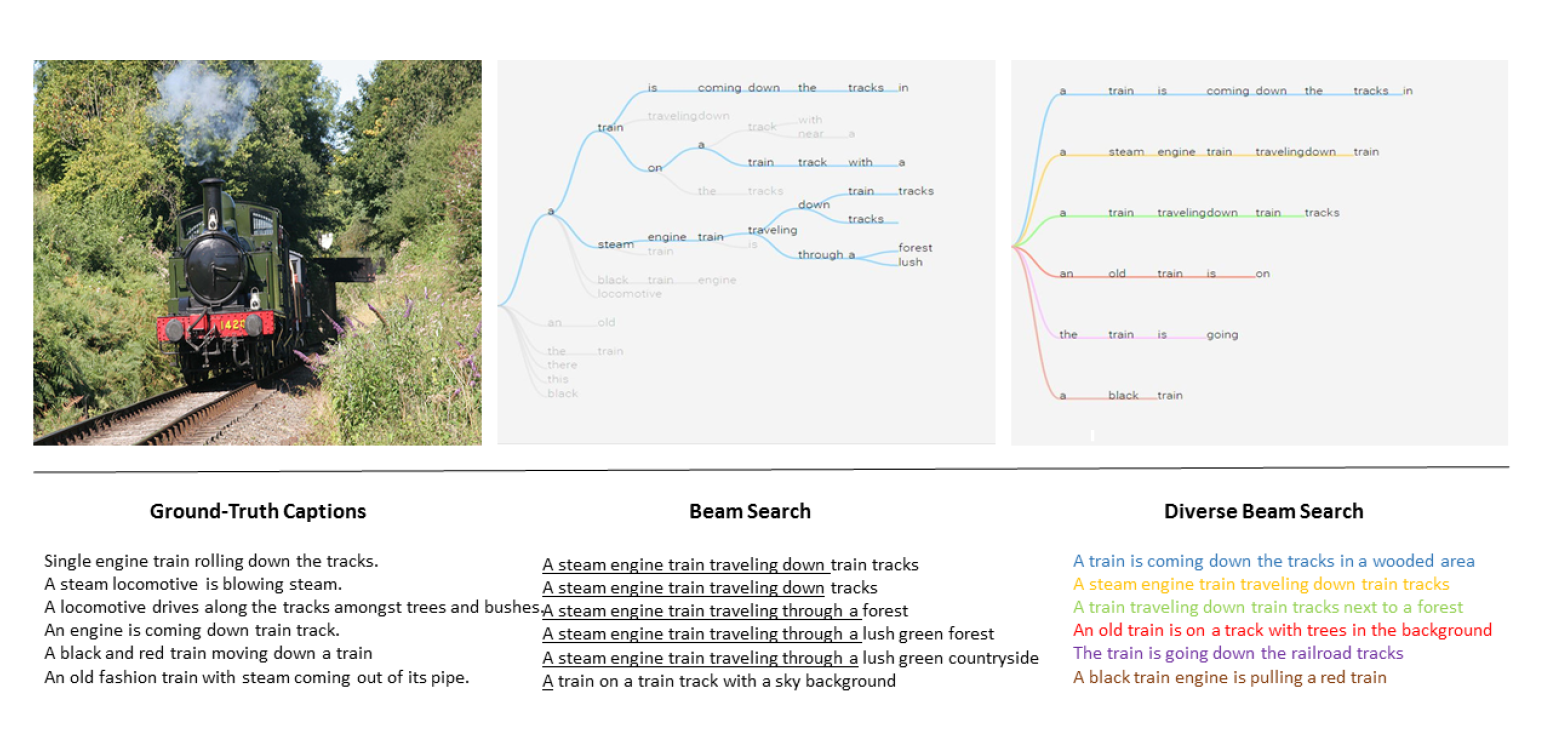 |
Ashwin Kalyan, Michael Cogswell, Ramprasaath R. Selvaraju, Qing Sun, Stefen Lee, David Crandal, Dhruv Batra arxiv / code / demo |
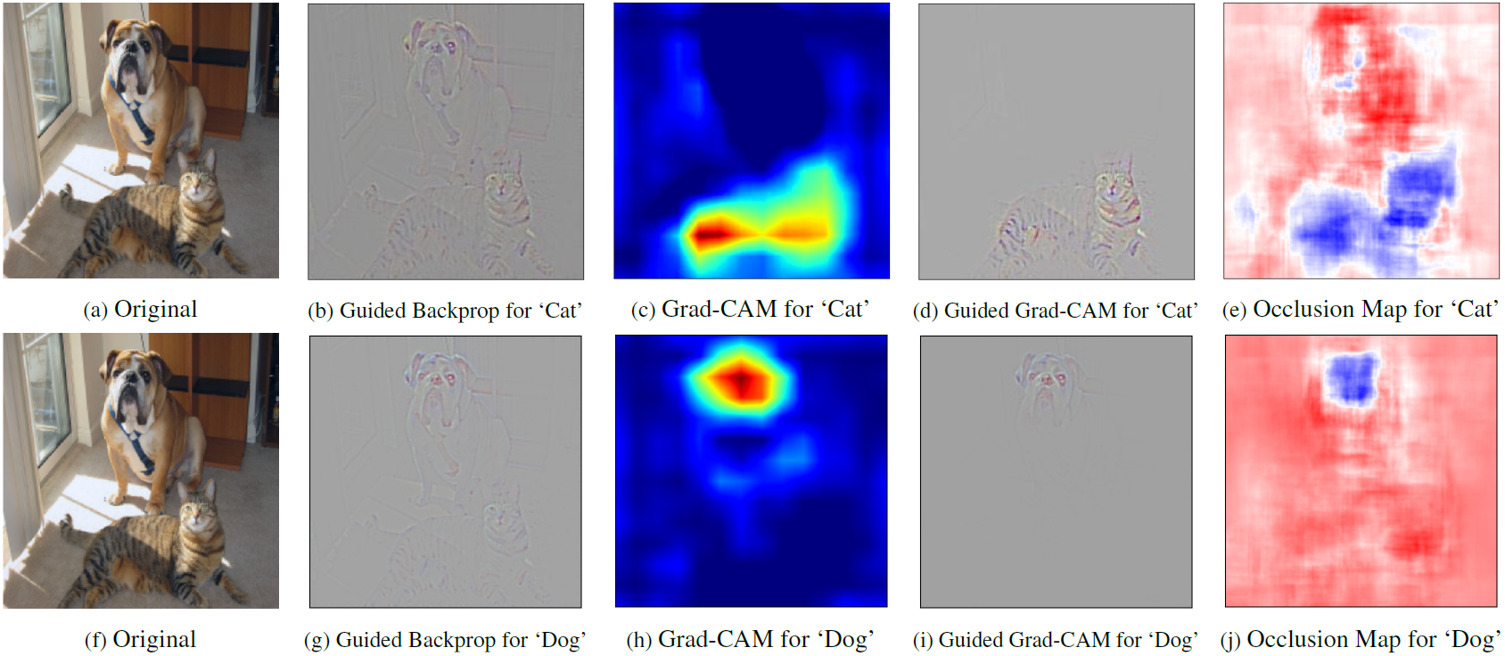 |
Ramprasaath R. Selvaraju, Michael Cogswell, Abhishek Das, Ramakrishna Vedantam, Devi Parikh, Dhruv Batra arxiv / blogpost / code / demo |
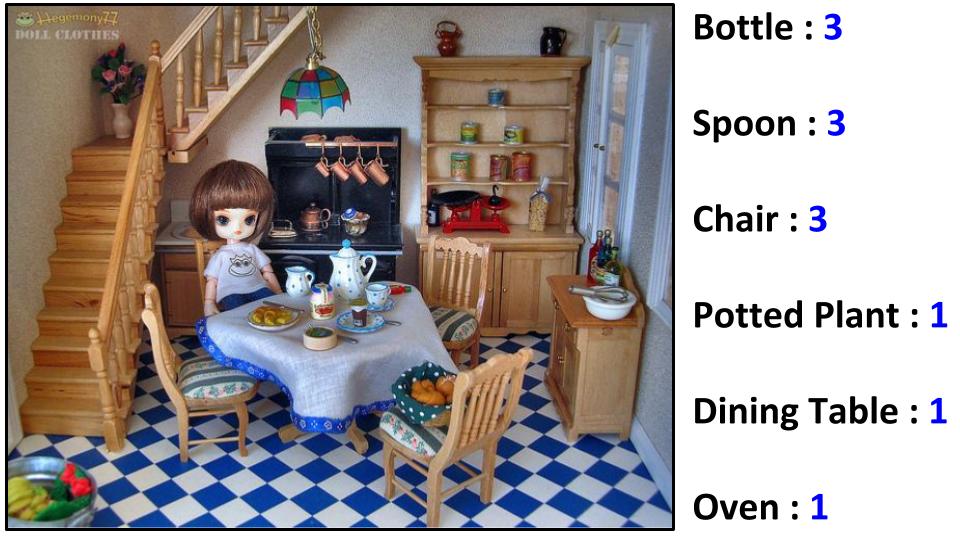 |
Prithviraj Chattopadhyay*, Ramakrishna Vedantam*, Ramprasaath R. Selvaraju, Dhruv Batra, Devi Parikh arxiv / code |
 |
Ondrej Miksik, Vibhav Vineet, Morten Lidegaard, Ramprasaath R. Selvaraju, Matthias Nießner, Stuart Golodetz, Stephen L. Hicks, Patrick Pérez, Shahram Izadi, Philip H. S. Torr paper / video |
Experience
Research Intern, Adaptive Systems and Interaction Group, Microsoft Research
Towards evaluating and encouraging human-like reasoning abilities in deep models.

(Summer 2019)
Research Intern, Tesla Autopilot
Preventing failures of autonomous systems in case of rarely occurring scenarios.

(Spring 2019)
Research Intern, Samsung Research America
Leveraging explanations to make AI models more grounded.

(Summer 2018)
Research Intern, Applied Machine Learning, Facebook
Developing framework for interpreting and visualizing Facebook's deep models.

(Spring 2017)
PhD Research Assistant, Visual Intelligence Lab, Georgia Tech
Towards building AI systems that are Interpretable, Transparent, and Unbiased.

(2015 - 2017)
Research Intern, Visual Intelligence Lab, Georgia Tech
Building curious systems that ask Natural Language open-ended questions about an image.

(Spring 2015)
Research Intern, Oxford University
Developing interactive augmented reality systems for visually impaired.

(Fall 2014)
Research Intern, Brown University
Designing a vision-based navigation system to help the visually impaired navigate indoor environments.

(Summer 2013)
Educational Qualifications
Ph.D in Computer Science
Georgia Institute of Technology, Atlanta
Thesis title: Explaining model decisions and fixing them via human feedback

(August 2015 - May 2020)
Master of Science in Physics and Bachelor of Engineering in Electrical & Electronics Engineering
Birla Institute of Technology and Science (BITS-Pilani), Hyderabad, India

(August 2010 - May 2015)
Contact
- Primary Email: rselvaraju@salesforce.com